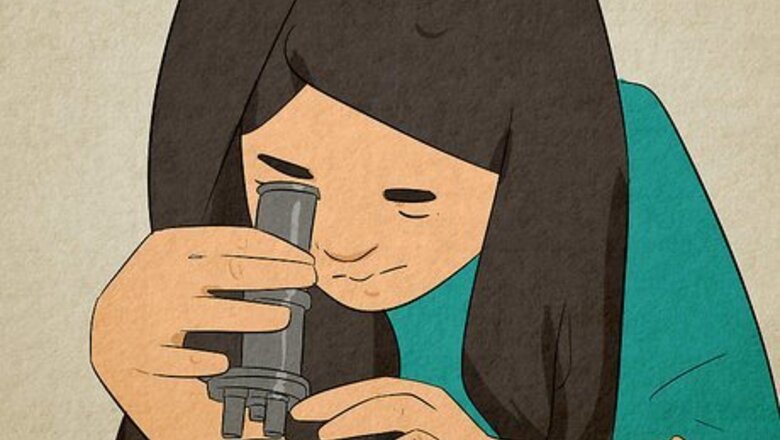
views
- Notice if your crystal seems too perfect, as natural imperfections are what give crystals their healing energies.
- Press your crystal between your hands and see if it’s cool or warm to the touch—cool means it’s the real deal.
- Scratch your crystal against glass. If the glass scratches, the quartz is real—it's harder than glass on the Mohs scale.
Inclusions
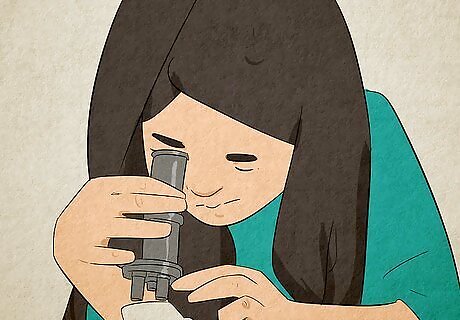
Imperfections inside the crystal are a sign it’s real. An inclusion is when something gets trapped inside a mineral as it grows. These naturally cause fractures or bubbles to form inside the crystal, giving the crystal imperfections. Real clear quartz may have inclusions that make the inside of the crystal appear scratched or foggy, while fake glass quartz may appear completely perfect. Some inclusions can’t be seen with the naked eye. Try putting your crystal under a microscope to see if you can spot any imperfections.
Temperature
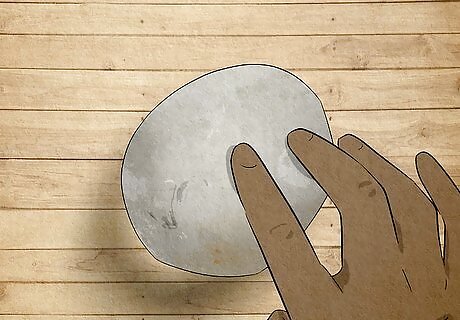
If the crystal is cool to the touch, it’s most likely real. Clear quartz has its own energy and temperature. This mineral is naturally cool to the touch. Suppose the crystal is fake and made of glass. In that case, it’ll have the same temperature as its environment because glass doesn’t produce energy. Squeeze the crystal between your palms. If it stays cool, it’s most likely real.
Scratch test
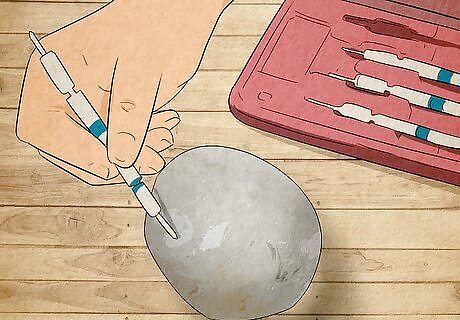
Your crystal will scratch glass if it’s real. The Mohs scale is used in geology to measure the hardness of minerals. On a scale of 1 to 10, with 10 being the hardiest, clear quartz has a hardness of 7. Glass, on the other hand, has an average hardness of 5.5. Perform a hardness test by scratching the crystal on a piece of glass. If the glass scratches, the quartz is most likely real. This test may not work if you have polished clear quartz, as a sharp edge is needed to scratch the glass. Consider purchasing a Mohs hardness test kit if you plan to test multiple crystals. You can also try scratching the quartz on a steel or ceramic plate.
Distortion
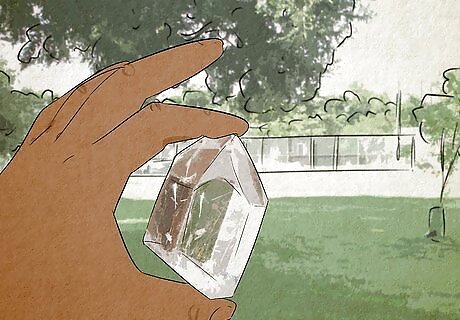
If you look through the crystal and objects are distorted, it’s real. Real clear quartz has a higher refractive index than glass. This means that objects on the other side should appear distorted and multiplied when you look through the crystal. Glass, on the other hand, will only make objects appear bigger. Clear quartz is made up of different additives and impurities, whereas glass or fake quartz is man-made with one material.
Air bubbles
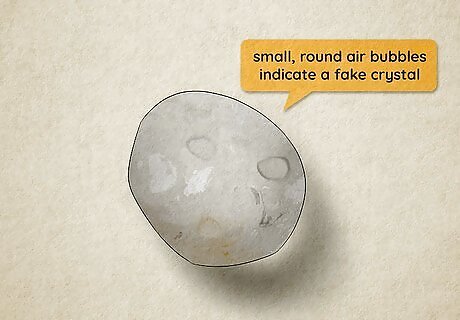
Small, round air bubbles indicate a fake. When fake glass quartz is made, leftover bubbles can form inside the “crystal” from the smelting process. These air bubbles are small and stay in one place, whereas gas bubbles from a natural inclusion are commonly bigger and can move inside the crystal. Gas bubble inclusions are rarely perfectly round and are quite large, while manufactured air bubbles are symmetrically spherical and tiny.
Burn test
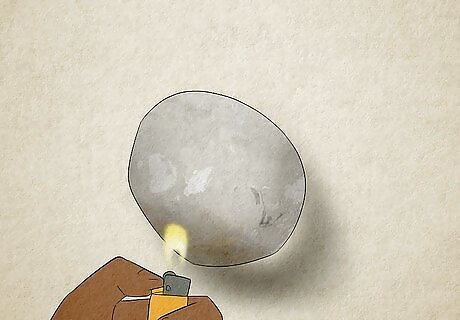
Real quartz won’t melt or distort over a flame. Unlike glass, quartz is a natural mineral that cannot burn. Hold the crystal over an open flame. If it starts to burn, melt, or distort, it’s fake. A real clear quartz may discolor and become sooty when burned, but the soot will wipe right off once cooled—no permanent damage can be done to a real crystal.
Reaction to UV light
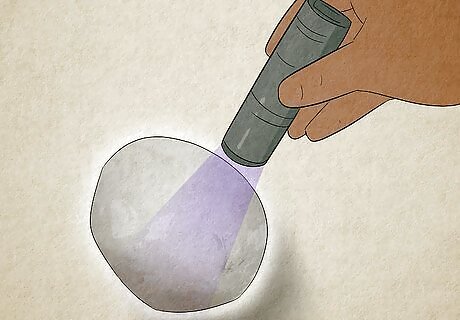
Real quartz naturally glows under ultraviolet (UV) light. If you’re questioning the authenticity of your crystal, stick it under a blacklight. The electrons in quartz will naturally react to the UV light, giving off a fluorescent glow. If there’s no glow, the crystal is most likely fake. Purchase a UV flashlight, so you can test your crystals anywhere.













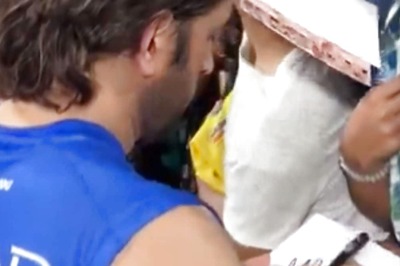
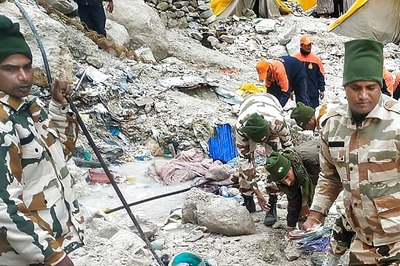
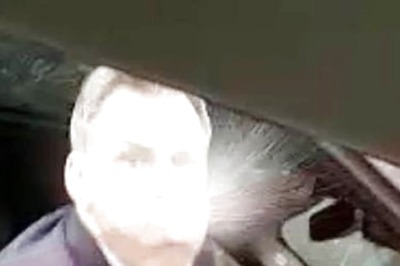


Comments
0 comment